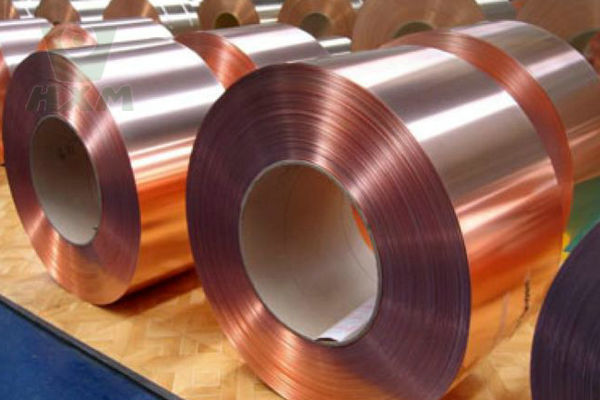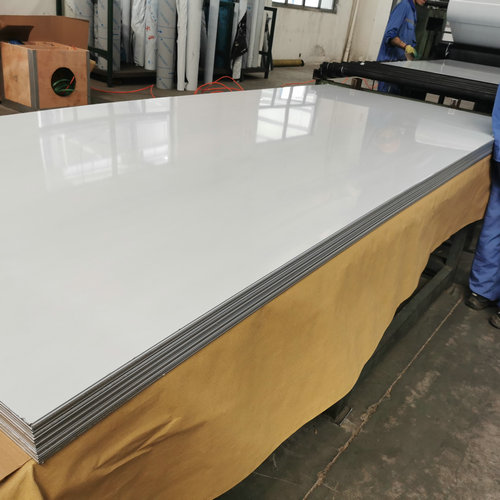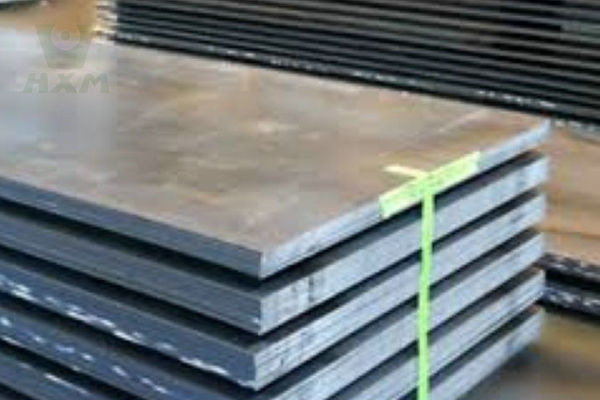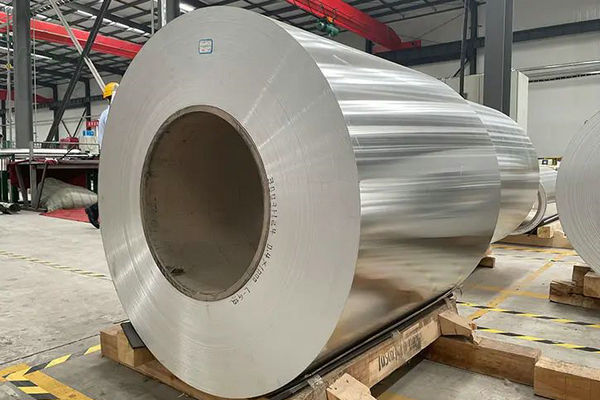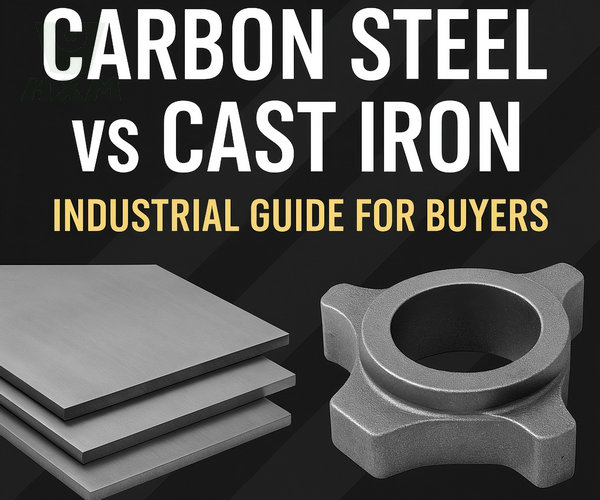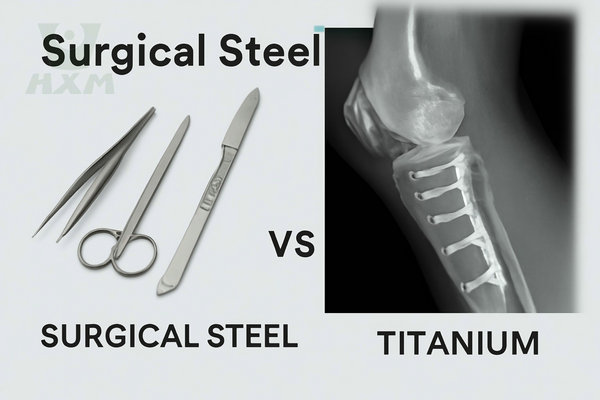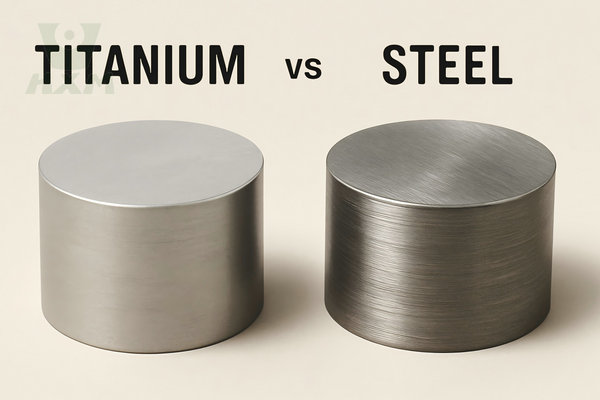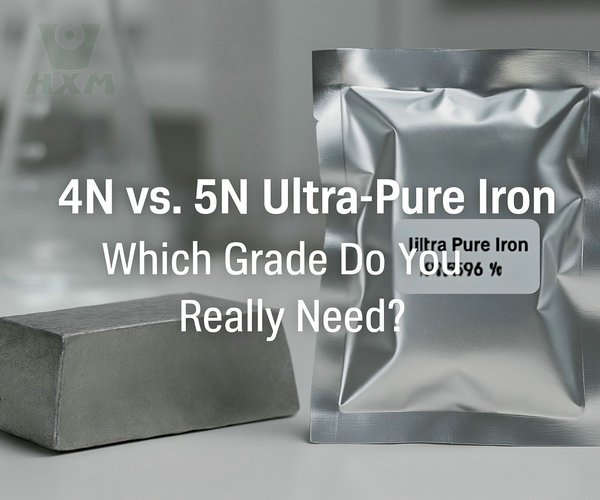When we think of metals, we probably think of strong, durable, and reliable materials suitable for many different industrial and scientific applications. However, these metals have their limitations, and they can be brittle, difficult to process, or have other undesirable properties. To overcome these problems, many different processing techniques have been invented, and one of the important techniques is annealing.
Annealing is a metal treatment technique that improves the mechanical properties, ductility, plasticity, and other properties of metals by heating them and cooling them under specific conditions. Annealing metals is widely used in industry and scientific research, so it is important to have a good understanding of this technique.
As a metal material supplier with many years of export experience, Huaxiao Metal is well aware of the importance of the annealing process to ensure product performance. This guide will give you a comprehensive understanding of everything about metal annealing.
Definition of Annealing Metal
Annealing is a heat treatment technique that improves metals’ physical and mechanical properties by heating them to a certain temperature, maintaining the temperature for a certain period, and then cooling them slowly. When a metal is heated, the atoms start to move from their fixed positions, causing the bonds and structure between the atoms to change.
This structural change removes internal stress and defects in the metal and increases the material’s ductility and plasticity. Annealing metals is an important technique that can be applied to a variety of metals such as steel, copper, aluminum, and titanium.
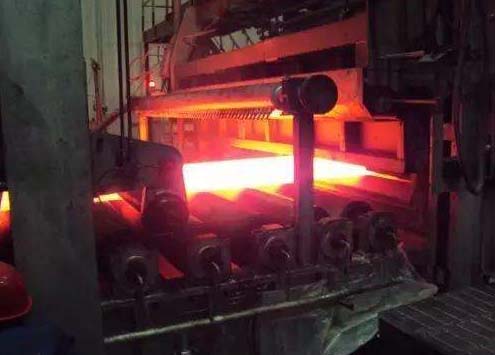
In addition, different types of annealing can achieve different effects, such as softening the metal, increasing its hardness and strength of the metal, improving the corrosion resistance of the metal, and more. The history of annealing metals can be traced back to ancient times, but the development of modern annealing technology began in the 18th century. With the continuous advancement of science and technology, annealing metals has become more and more important in modern industry and scientific research.
Why is Annealing Important? The Core Benefits
Annealing metals can bring a series of significant advantages, which is why it is indispensable in industrial manufacturing.
Increased Ductility and Toughness: This is the main purpose of annealing. Annealed metals can withstand greater plastic deformation without breaking, making it easier to perform cold processing operations such as stamping, stretching, and bending.
Reduced Hardness for Improved Machinability: Hard metals cause great wear on tools when cutting and drilling. Annealing can significantly reduce their hardness, making mechanical processing easier and more efficient.
Eliminate Internal Stress: After casting, forging, welding, or cold working, metals will produce uneven internal stress inside, which may cause parts to break or deform during use. Annealing can effectively eliminate these potential hidden dangers.
Improved Electrical Conductivity and Magnetic Properties: For certain specific metals (such as copper and some steels), annealing can optimize their crystal structure, thereby improving electrical conductivity and magnetic properties.
Processes and Procedures for Annealing Metals
The process and process of annealing metal can be divided into the following steps:
1. Heating: First, the metal sample is heated to a certain temperature. This temperature is generally above the recrystallization temperature of the material, but below the melting point of the material. The way of heating can be realized by a furnace, resistance heating, or a laser.
2. Heat preservation: Once the metal sample reaches the desired temperature, it needs to be kept for some time. This time can be adjusted based on material type, thickness, shape, etc. The longer the holding time, the easier it is to eliminate the internal stress and defects of the material.
3. Cooling: After the heat preservation is completed, the metal sample is slowly cooled to room temperature. This process can tune the properties and structure of the metal by controlling the rate of cooling.
The process of annealing metals can be divided into several different types, including full annealing, normalizing, quenching, etc.
Full annealing: Full annealing refers to heating the material to the highest temperature in the temperature range, then keeping it warm, and finally cooling it slowly to room temperature. This method achieves a general softening of the material, making it easier to process.
Normalizing: Normalizing refers to heating the material to a certain temperature within the temperature range, keeping it warm, and then slowly cooling it to room temperature. This approach can increase the hardness and strength of the material while maintaining some plasticity.
Quenching: Quenching refers to heating the material to a certain temperature within the temperature range and then rapidly cooling it to room temperature. This approach increases the stiffness and strength of the material, but reduces its ductility and toughness.
In conclusion, the process and process of annealing metal is a fine processing technology that can be adjusted according to different needs and requirements. Through annealing, the physical and mechanical properties of metals can be altered to make them more suitable for specific applications.
Overall, the density of aluminum has a wide range of applications in many different fields. Aluminum is used in everything from vehicle manufacturing to aerospace, packaging, and construction. This lightweight feature helps improve product performance and efficiency and reduces material costs and environmental impact.
Influencing Factors of Annealed Metal
The influencing factors of annealed metal mainly include the following aspects:
Temperature: Temperature is the most important factor affecting the annealing effect. The recrystallization temperature of different metal materials is different, so it is necessary to determine the most suitable annealing temperature according to the properties of the material during annealing. If the temperature is too low, the stress and defects inside the material may not be eliminated; if the temperature is too high, the material may melt or undergo undesirable phase transitions, resulting in poor annealing results.
Insulation time: Insulation time refers to the time the material stays at the annealing temperature. The recrystallization time of different materials is different, so it is necessary to determine the most suitable holding time according to the properties of the material. Generally, the longer the holding time, the more thoroughly the stress and defects inside the material will be eliminated, and the better the annealing effect will be.
Cooling rate: The cooling rate refers to the speed at which the material is rapidly cooled from high temperature to room temperature after annealing. Different cooling rates will affect the structure and properties of materials. Generally, a slow cooling rate can make the structure of the material more uniform, while rapid cooling can lead to an unstable structure and properties of the material.
Material shape and size: The shape and size of the material will also affect the annealing effect. Typically, materials with large dimensions and complex shapes require longer holding times and slower cooling rates to ensure good annealing results.
The composition and purity of the material: The composition and purity of the material will also affect the annealing effect. In general, high-purity metallic materials are better annealed because impurities and inclusions in them have less effect on the microstructure.
Ambient atmosphere: The ambient atmosphere during annealing will also affect the annealing effect. For example, annealing in an oxygen-containing atmosphere can lead to oxidation of the surface of the material, which can affect its properties and surface quality. Therefore, it is necessary to select an appropriate ambient atmosphere or take measures to protect the surface of the material before annealing.
To sum up, there are many factors affecting the annealing of metal, which need to be selected and adjusted according to the specific situation to achieve the best annealing effect.
Advantages and Disadvantages of Annealing Metals
Annealing metals as a metal treatment technique has the following advantages and disadvantages:
Advantage:
Improve material properties: The annealing process can eliminate stress and defects inside the material, thereby improving its mechanical, physical, and chemical properties. For example, annealing can make metal materials softer, more ductile, and have higher tensile strength, etc.
Improve processing performance: Annealing can improve the processing performance of metal materials, such as reducing processing difficulty, improving cutting performance, etc., so that it is easier to process and form.
Improve surface quality: Annealing can remove oxides, rust, and other pollutants on the surface of metal materials so that the surface is smoother, more uniform, and shiny.
Cost reduction: Annealing can reduce costs by improving material properties and processing performance, reducing material loss and man-hours during processing.
Shortcoming:
High energy consumption: Annealing needs to be carried out under high-temperature conditions, so it needs to consume a lot of energy, resulting in energy waste and environmental pollution.
Low production efficiency: Annealing requires a long holding time and cooling time, resulting in low production efficiency.
Requires high technical level: Annealing requires a high technical level and professional knowledge to ensure the quality and stability of the annealing effect.
The metal material may be deformed or deteriorated: During the annealing process, the metal material may be deformed or deteriorated, resulting in a poor annealing effect or complete failure.
In general, annealing metal, as a metal treatment technology, has its advantages and disadvantages, which need to be selected and used according to the specific situation.
Common Types of Annealing
Annealing processes have evolved into many types depending on the metal material and the desired properties. Here are some of the most common annealing methods:
Full Annealing: Mainly used for steel, it is heated above the austenitizing temperature and then cooled very slowly to obtain the softest and most ductile state.
Normalizing: Similar to full annealing, but the cooling rate is slightly faster (usually cooled in air). This can make the steel have finer grains and a better balance of strength and toughness.
Spheroidizing: Mainly used for high carbon steel, through long-term heating and slow cooling, the lamellar cementite in the steel is transformed into spherical particles, thereby greatly reducing the hardness and greatly improving the cutting performance.
Stress Relief Annealing: It is carried out at a lower temperature. The main purpose is to eliminate the internal stress generated after welding, casting or machining without significantly changing the hardness and microstructure of the material.
Which Metals Can Be Annealed?
Annealing is a versatile process that can be applied to a wide range of metal materials. At Huaxiao Metal, we specialize in providing professional annealing treatments for the following metals that meet international export standards:
Stainless Steel: Grades such as 304, 316L, and 430 are often used in the manufacture of kitchenware, chemical equipment, and automobile exhaust pipes to restore their corrosion resistance and make them easier to deep-draw.
Aluminum and its Alloys: Annealing can soften aluminum, making it ideal for the manufacture of tanks, complex automobile body panels, and aerospace components.
Copper and Brass: Annealing is essential for copper wires that require extremely high conductivity, as well as brass decorative parts and shells that require complex stamping.
Carbon Steel and Alloy Steel: This is the most widely used area for annealing, giving steel a variety of properties from building structures to precision mechanical parts.
Case Focus: A batch of 304 stainless steel annealed plates we exported to Germany was successfully used by customers to manufacture high-end integrated kitchen sinks due to their excellent deep drawing performance.
Applications of Annealed Metals
Annealed metals have a wide range of applications in industry and scientific research, the following are some of the main areas of application:
Metal Processing
Electronic Industry
Physics and Chemistry
Materials Science
Manufacturing
In conclusion, annealing metals are widely used in many fields because it can improve the physical and mechanical properties of metals, thus making metal materials more suitable for specific applications.
Why Choose Huaxiao Metal for Your Annealed Products?
It is not enough to just understand the theory of annealing. Choosing a supplier who can accurately perform the annealing process and provide stable quality products is the key to success.
Strict quality control: We have advanced heat treatment equipment and testing instruments to ensure that each batch of annealed products meets your required mechanical properties and surface finish.
Rich export experience: We are familiar with international trade standards, packaging requirements, and logistics processes, and can provide you with a one-stop worry-free service from procurement to port.
Customized solutions: Whether you need annealed metal materials with specific hardness, ductility, or special dimensions, our technical team can work with you to provide customized solutions.
Metal annealing is a powerful and fundamental process that unlocks the full potential of metal materials, enabling them to meet a variety of demanding requirements from everyday products to cutting-edge technology.
Are you looking for reliable and stable annealed metal materials for your next project? Huaxiao Metal is your trusted partner. Contact us now and let our export experts serve you.
In Conclusion
As an important metal treatment technology, annealing metal has been widely used in industrial production. Annealing can improve the mechanical properties, physical properties, and chemical properties of metal materials, improve their processing performance, improve surface quality, and reduce costs. However, annealing also has some disadvantages, such as high energy consumption, low production efficiency, high technical level, and possible deformation or deterioration of metal materials.
Therefore, in practical applications, it is necessary to select and use the annealing metal technology according to the specific situation. In general, annealing metals is an important process technology that has made important contributions to the development of metal processing and manufacturing.

